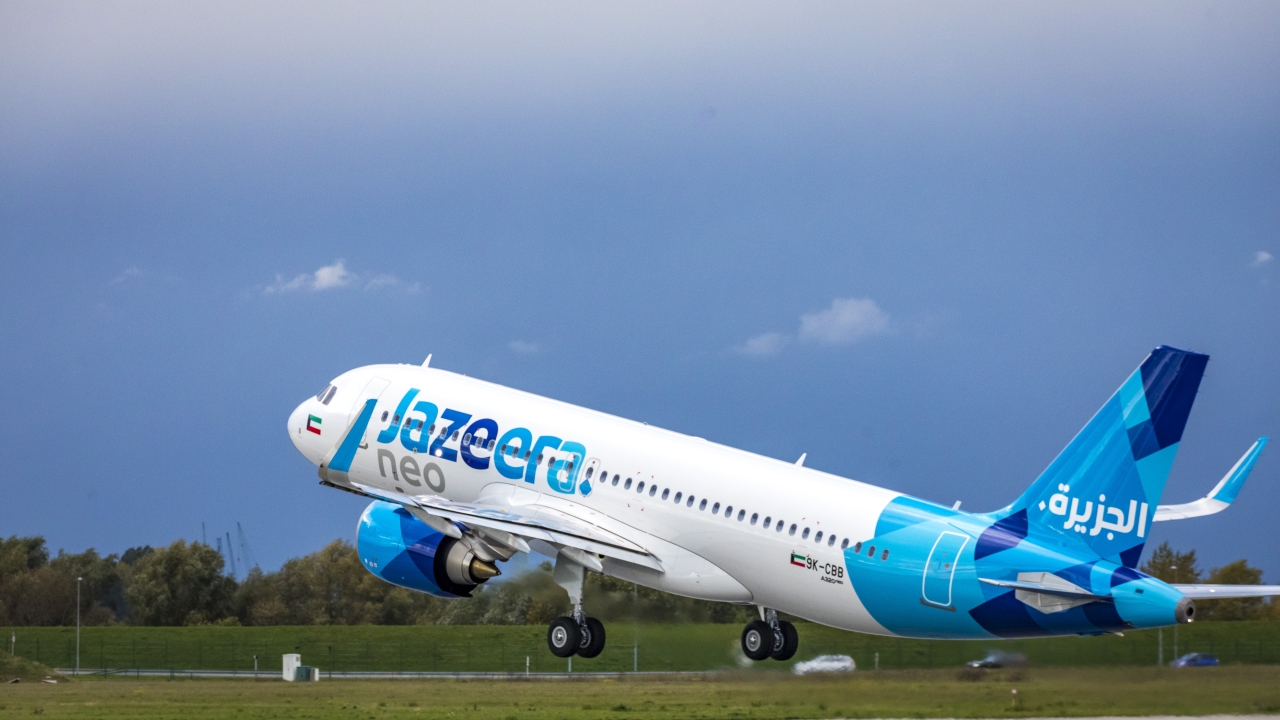Flydubai release half year results 2017

Total revenue increased to AED 2.5 billion (USD 689 million) for the six-month period Reports loss of AED 142.5 million (USD 38.8 million) for the period ending 30 June 2017 Increase in passenger numbers to 5.4 million during the reporting period; an increase of 10.5% RPKM grew by 18.9%; ASKM increased by 7.9% compared to the first six months of 2016 Contributed 19.4% to the total growth at Dubai Airports compared to the same period last year.
Passenger numbers increased to 5.4 million; an increase of 10.5% compared to the first six months of 2016. The number of passengers carried per departure saw an increase of 13.7% for the same period. The increase in passenger numbers reflects the strength of flydubai’s network connecting previously underserved markets to Dubai. The number of Business Class passengers carried per departure saw an increase of 22% compared to the same period last year.
In addition, flydubai contributed 19.4% to the total growth at Dubai Airports compared to the first half of 2016. During the first six months of 2017, flydubai contributed 12.4% of all traffic in Dubai.
The demand for travel on flydubai remains strong and the airline has seen its overall market share grow. These factors have, however, been offset by the price performance determined by the market. The airline also faced comparatively higher fuel expenses during the reporting period with fuel costs accounting for 24.8% of operating costs compared to 23.5% in the previous reporting period. In addition, the airline added 8 aircraft to its fleet since July 2016.
The closing cash and cash equivalents position including pre-delivery payments for future aircraft deliveries, remained robust at AED 2.1 billion.
Ghaith Al Ghaith, Chief Executive Officer of flydubai, said, “the demand for travel from the growing number of our passengers remains strong. We will however continue to manage our cost performance and balance this with our long-term view of the potential for air travel in the region. We know that we need to remain flexible to the market dynamics across our network. We will continue our disciplined approach to increasing capacity whilst pursuing our broader goal of firmly establishing flydubai at the centre of the global travel industry.”
Arbind Kumar, Senior Vice President, Finance of flydubai, said, “during the first six months of this year, we have seen pressure on both yield and cost. We continue to focus our efforts on three key areas: improvement in our cost performance, a broadening of our distribution and optimisation of our network. Knowing that we have faced a similar seasonality and trend in previous years, we will move ahead cautiously but strong in the knowledge that there remains much untapped opportunity.”
Operational performance
Fleet: During the first half of 2017, flydubai took delivery of the last of the Next-Generation Boeing 737- 800 aircraft receiving one aircraft in February and a second aircraft in April. The average age of the fleet is 4.0 years and this underscores flydubai’s strategy to operate a young and modern fleet.
Network growth: flydubai started twice-weekly flights to Sylhet on 15 March 2017 increasing to six flights per week in May. For the first time, flydubai launched flights for the summer season to Batumi in Georgia, Qabala in Azerbaijan and Tivat in Montenegro. Due to the popularity of direct flights to these new holiday destinations services have been extended to October.
Outlook
The previous investments in product and services are returning results as well as enabling flydubai to retain and attract new passengers. The airline has embraced new technologies with the aim to improve costs through dynamic yield management and using real-time data to enhance the customer journey.
A new model aircraft: flydubai is the first airline in the region to take delivery of the Boeing 737 MAX 8 aircraft. The airline is set to receive six new aircraft by December 2017 with entry into service during the fourth quarter providing greater flexibility, reliability and efficiency to its fleet.
New routes: flydubai has been operating flights to Russia since 2010 and will further expand its network to 10 destinations. Twice weekly flights from Dubai to Makhachkala and Voronezh will operate from the end of October 2017. In addition, flights from Dubai to Ufa, operating three times a week, will relaunch on 31 October
A new headquarters office: The airline is building a new headquarters office located on the Emirates Road and is expected to be available for occupation from 2019. This investment will support the airline’s continued growth.
Ghaith Al Ghaith said: “During the next six months we will see the new Boeing 737 MAX 8 aircraft bring greater operational efficiency to our fleet, we will open up previously underserved destinations on our network, see more passengers travel with us and continue to invest in the future growth of the airline. There remains much potential for flydubai as part of the UAE’s aviation hub and a key driver of the sustainable development of the trade and tourism industry.”
Analyst Saj Ahmad commented: “Despite reporting a loss of around AED142m, flydubai has demonstrated some positivity in its earnings. The impact of higher regional capacity across all airlines has forced operators to slash fares, and with it, the erosion of yields has led to worsening margins.
“Weathering overcapacity better than its rivals, flydubai still managed to contribute to almost 20% of traffic at Dubai International Airport, cementing its place as the second biggest operator at the airport. flydubai also saw business class passengers grow on each flight by 22% over the same period a year ago while carrying almost 14% more passengers per departure. This showcases flydubai’s expanding network is still pulling in new business and traffic on new routes while avoiding over-saturated regions where pricing is considerably weaker due to excessive capacity.”
Ahmad added: “By having one hub as opposed to several bases like some low cost airlines, flydubai’s cost footprint is far more agile when it comes to redeploying assets and decreases the need to stand down airplanes.
“Despite Ramadan falling earlier in the year, flydubai can look to the second half of 2017 as a game-changing environment. Inducting the first of its new fuel efficient 737 MAX 8s will help curtail fuel costs while the Dubai Air Show will provide a much needed boost to demand as visitors and delegates make their way to the city for this high profile trade event.
“Bringing down unit costs is key for flydubai. Revenue increased by almost 10%, so it’s evident that the airline has scope to push down harder on costs, despite the challenging price backdrop. As with 2016, flydubai is primed to turn around its losses before its reporting year ends in early 2018.”
Stay up to date
Subscribe to the free Times Aerospace newsletter and receive the latest content every week. We'll never share your email address.

